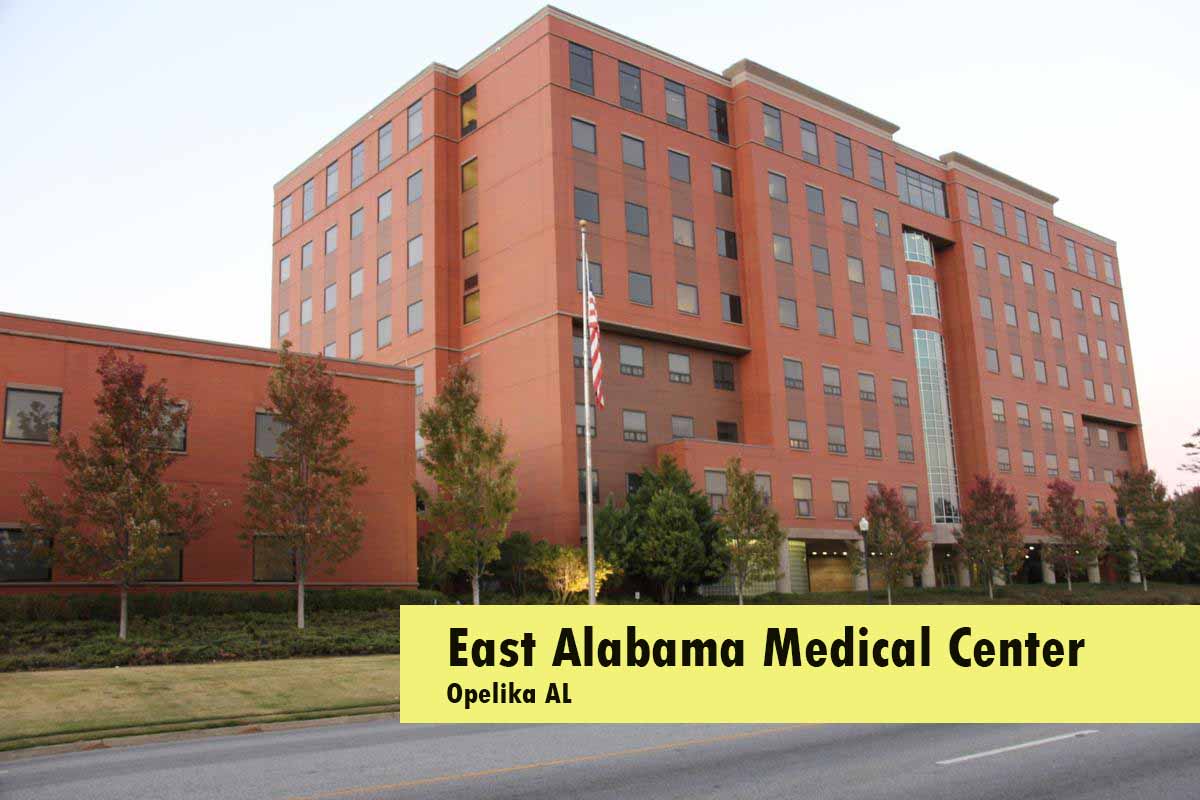East Alabama Medical Center has a strong mission statement – Deliver high quality, compassionate healthcare. EAMC knows that to do this, they need to keep a strong pipeline of nurses and first-level supervisory nurse leaders, a familiar concept to EAMC. Being a quality hospital in a smaller market, EAMC has a longstanding tradition of growing their own to carry out the organization’s mission statement. In fact, a V.P. started as an orderly 34 years ago, proof that senior leadership has walked the walk.
While several programs were in place to retain professional positions, growth opportunities were needed for nurses to continue growing internal talent. “There’s a lot of competition in this region for employees, so we started to look at how to better retain talent at EAMC,” said Karen Gresham, RN, Director of Education Services.
EAMC had offered Catalyst Learning’s School at Work since 2005, a career development program for entry-level healthcare associates, to help employees advance within the organization through clinical or administrative positions. Given their success with School at Work, EAMC turned to Catalyst Learning for a solution. EAMC adopted NCharge®: “Nurses Learning to Lead”, a program in line with its leadership development and succession planning goals.
“I just loved the program [NCharge] right away. It spoke to me as a nurse,” said Rosemary Cummings, Director of Medical Surgical Services. “When I started as a labor and delivery nurse, I was put in charge after being on the floor for three months or so. If I’d had some of this info, I could have done more with that position. So, I understood what we were lacking, not having anything for those supervisors.”
Recognizing the importance of having experience in a nurse leadership role, EAMC decided to have nurse managers like Cummings deliver the NCharge content. Each nurse manager is paired with an educator who can help deliver the curriculum. The feedback has been overwhelmingly positive.
As with School at Work, the success of NCharge is dependent on buy-in from managers and their willingness to allow frontline staff time away from their regular duties to complete the program. Once managers learned the objectives and how a leadership program developed specifically for nurses could make a difference, they were on board. This year, EAMC will also offer NCharge to managers to give them a firsthand understanding of what NCharge participants are learning.
EAMC is focused on results and a return on their investment. Two groups of 20 nurses have gone through the program and checkpoints are now in place to see if the nurses are using the skills they are learning.
Managers are seeing improved engagement and confidence among nurses and a positive change in communication with physicians and other employees. One participant shared with Cummings that she uses different parts of NCharge every day, for example finance and value-based purchasing skills that are typically learned on the job. Two nurses who have completed the program have been promoted to managers.
EAMC’s long-term goal for its nurse leadership development program is sustainability. Cummings and other instructors are planning lunch-and-learns with the two groups who have gone through NCharge to discuss how they are leveraging their new skills and which tools are most effective. The lunches will also be an opportunity for participants who formed a bond completing the program together to reconnect.
“We are not part of a big organization, but we offer quality healthcare here. We take a lot of pride in how we do things from a quality and cost perspective,” said Cummings. “It helps our frontline supervisors to see we’re investing in them. Development at this organization is an important piece of who we are. I think that’s why people stay. This is in line with our leadership development goals, and NCharge is now in our hospital’s official succession plan.”
